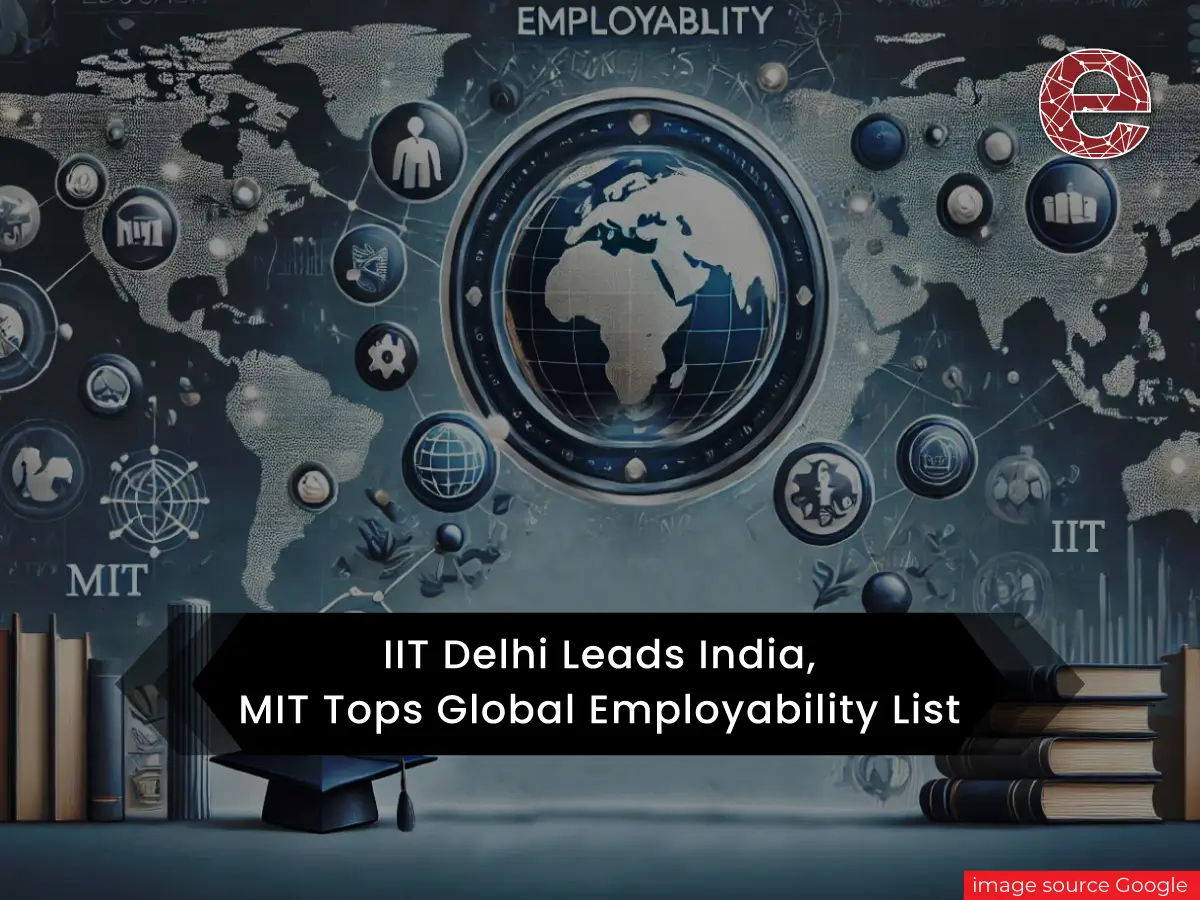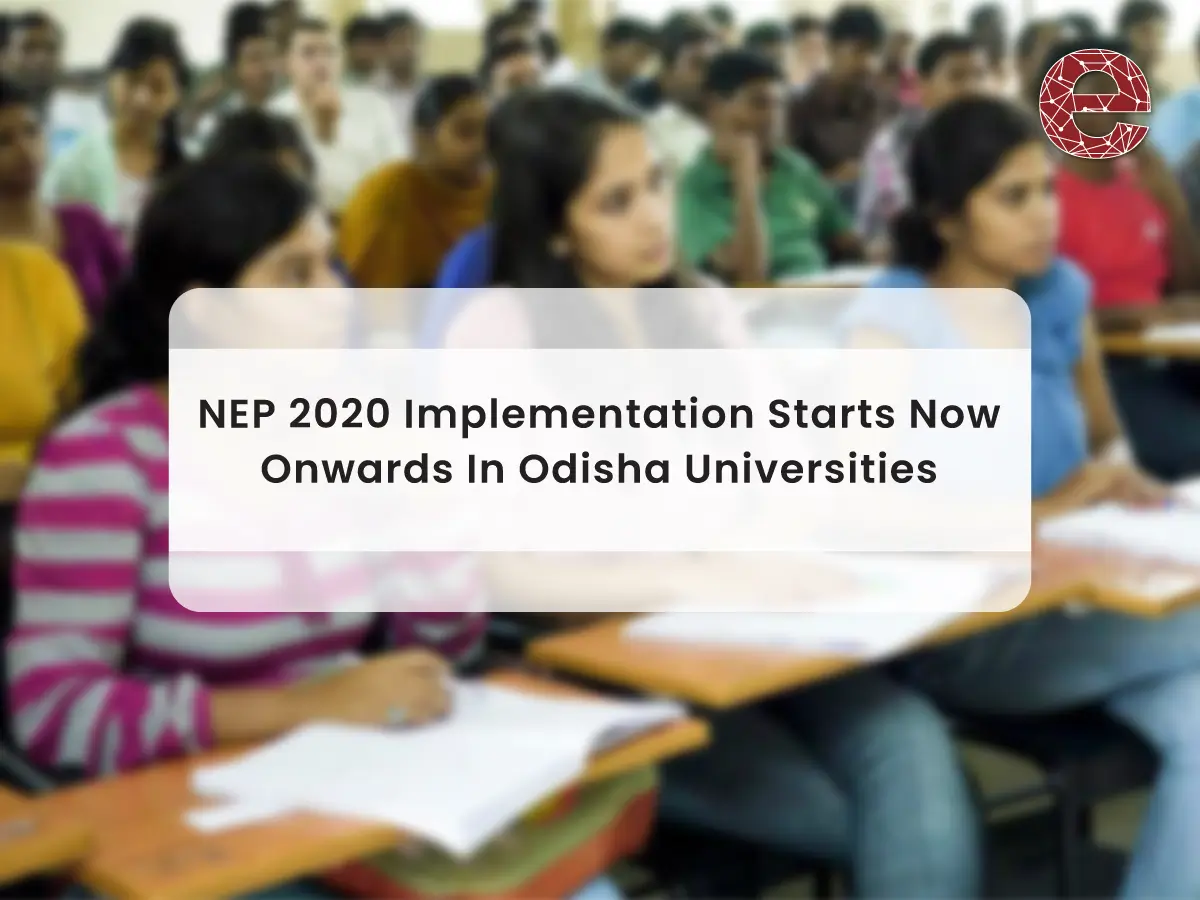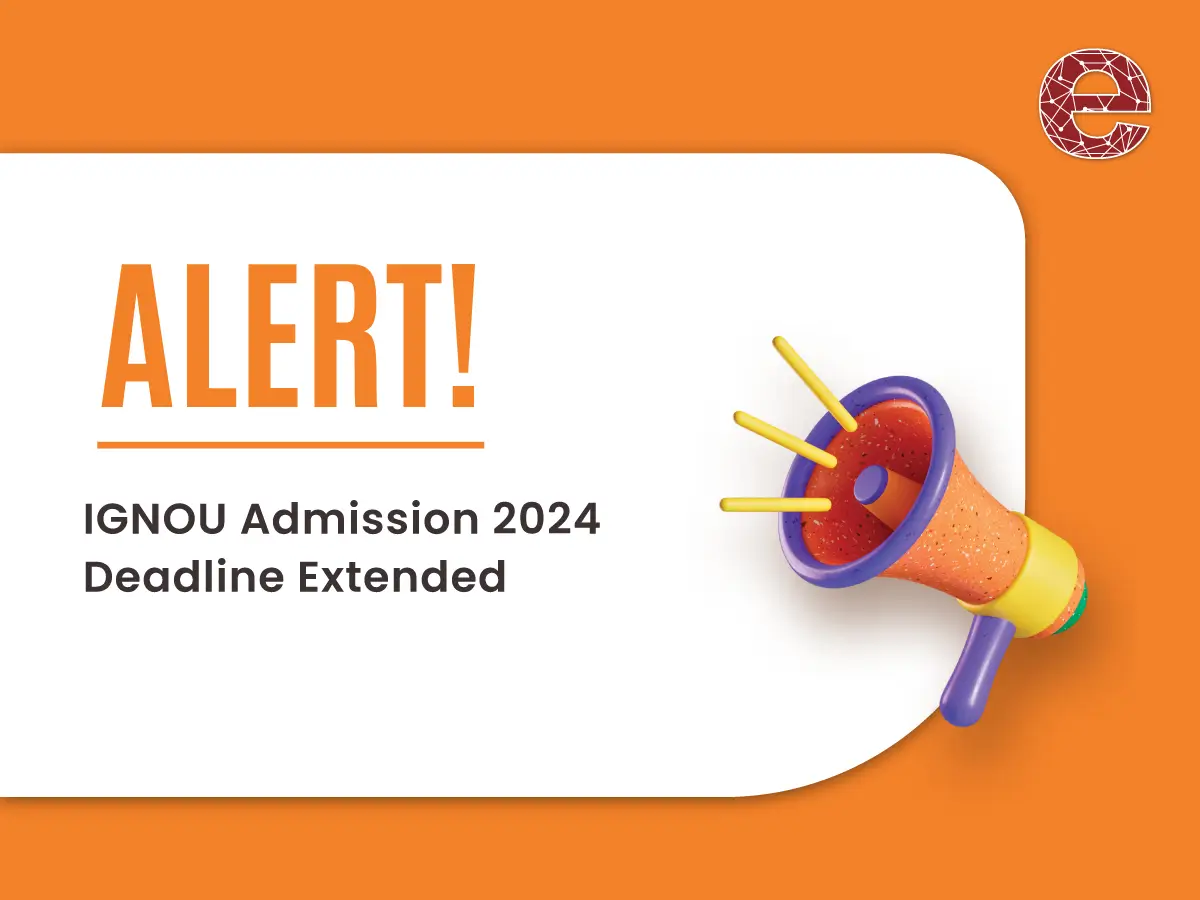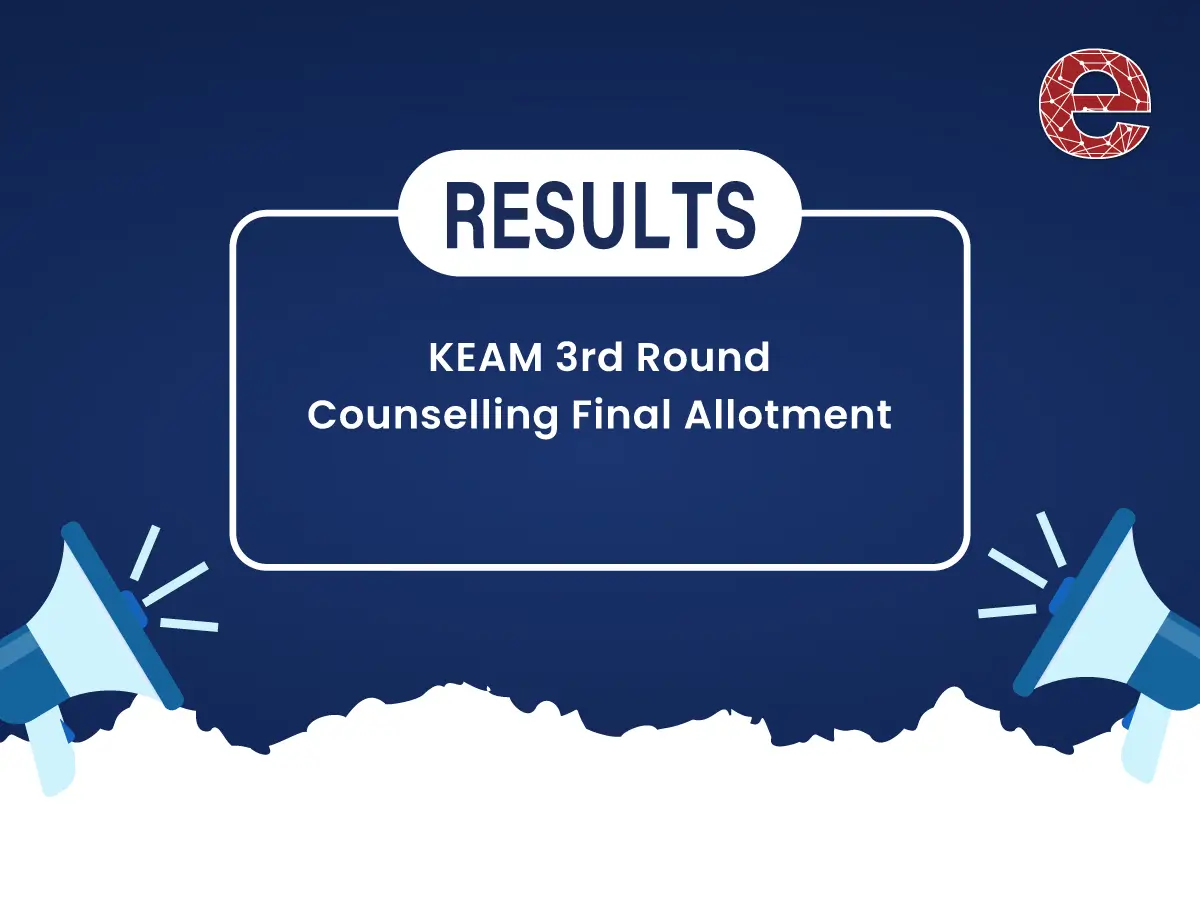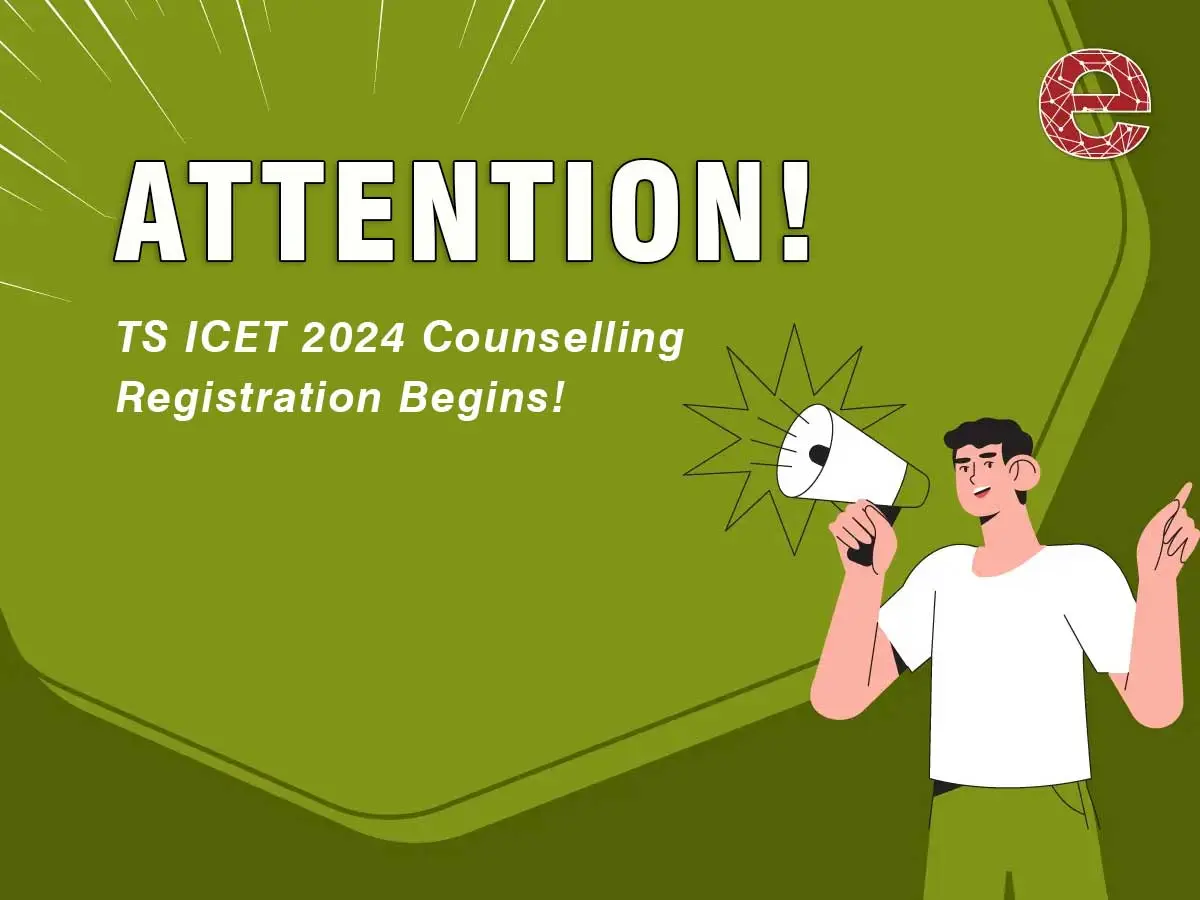IIT Madras Researchers Craft a Cutting-Edge Pathway for Eye Treatment Delivery
Campus News
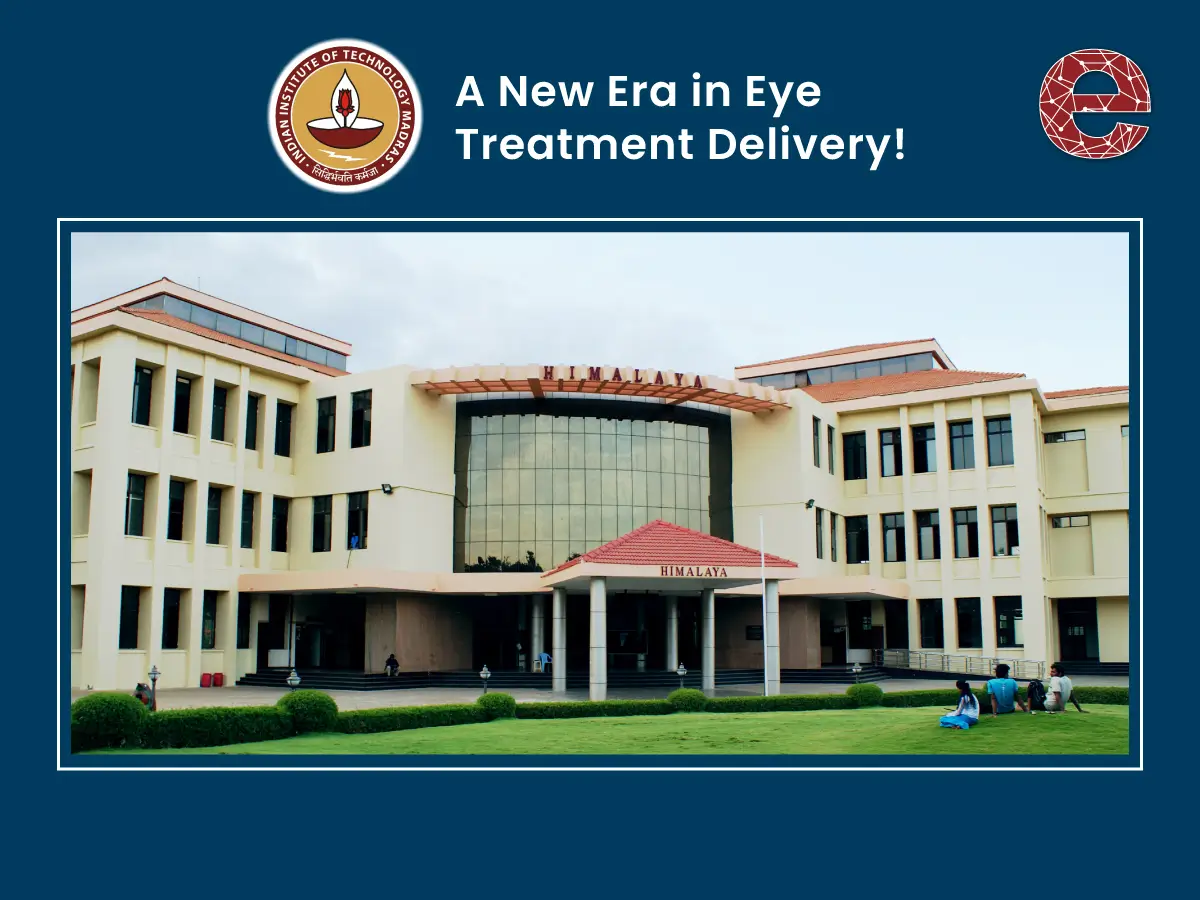
Researchers at the Indian Institute of Technology Madras (IIT Madras) have pioneered an innovative method to enhance drug delivery in eye treatments: "convection caused by mild laser heating." Through advanced simulations and modelling, they analysed how different treatments can effectively target the human retina, focusing on the crucial aspects of heat and mass transfer.
With around 11 million people in India suffering from retinal disorders, this homegrown research promises significant advancements in laser-based therapies for various eye diseases. Conditions such as retinal tears, diabetic retinopathy, macular oedema, and retinal vein occlusion increasingly rely on precise laser treatments, as the retina contains delicate blood vessels and nerves that require careful handling.
The project, initiated nearly a decade ago by Professor Arunn Narasimhan from the Department of Mechanical Engineering, marked a milestone as India's first biothermal study on laser effects on the retina. Collaborating with Dr. Lingam Gopal from Shankar Nethralaya, they laid the groundwork for this vital research area.
Recently, Professor Narasimhan and IIT Madras graduate student Shirinvas Vibuthe used a glass eye model to demonstrate how targeted heating can significantly expedite the delivery of drugs injected into the vitreous region to the retina. Their findings will be featured in the Special ICCHMT Conference Proceedings by Springer Verlag and published in the prestigious Wiley Heat Transfer journal.
Professor Narasimhan highlighted the importance of integrating expertise from engineering and biology to lead to innovative solutions for pressing societal issues. He further explained the challenges of conducting medical research on living tissues, emphasising that computer simulations and glass-eye experiments are crucial for their studies. Their work has shown that mild, targeted heating can enhance drug delivery to the retina, urging the medical community to adopt these findings in treating retinal diseases.
After retinal laser surgery, patients' gel-like vitreous humour is often replaced by less viscous body secretions. When drugs are injected into the vitreous to treat the retina, they must navigate through this liquid—a process that can take hours or even days due to slow natural diffusion.
To overcome this challenge, Professor Narasimhan devised an experiment using a geometrically similar glass eye model filled with water and silicone oil. The team demonstrated that heating the vitreous liquid significantly accelerated the drug's reach by injecting a dye to mimic a drug and measuring its concentration at various retinal locations.
Graduate student Shirinvas Vibuthe noted the dramatic difference: "With natural diffusion, it took 12 hours for the drug to reach effective levels at the retina, but with heating, it was reduced to just 12 minutes." The researchers confirmed that this required heating does not harm eye tissues, paving the way for further studies using 3D human eye models.
Vibuthe's work earned him an invitation to present at the international ICCHMT 2023 conference in Germany, underscoring the significance of their research in the global scientific community. This breakthrough promises to improve the lives of millions suffering from retinal disorders, merging cutting-edge engineering with medical needs.
- IIT Madras
- Eye Treatments Research

